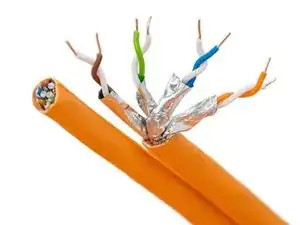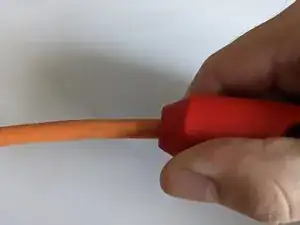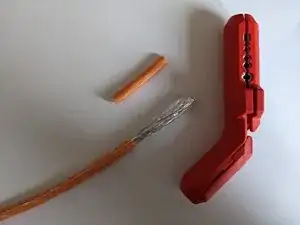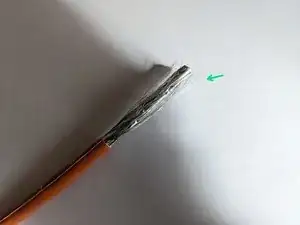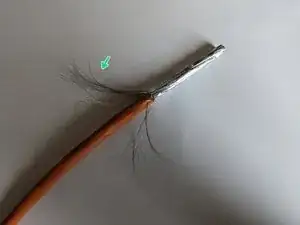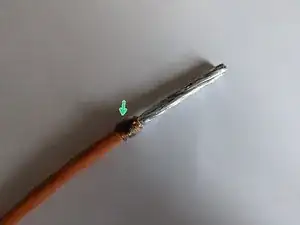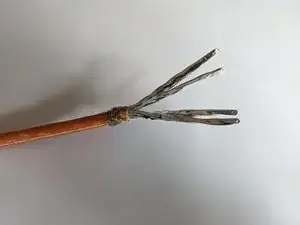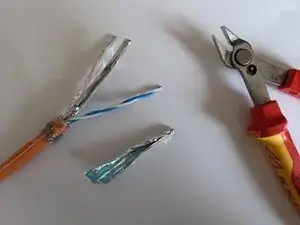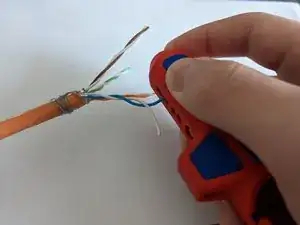Introduction
Cat.7 S/FTP PiMF cables are high-performance copper cables used in local area networks (LANs) to support high-speed data transfer rates and are designed to operate at frequencies of up to 600 MHz, which is more than double the frequency range of Cat.6A cables. This makes them ideal for use in data centers, server rooms, and other high-bandwidth applications.
Cat.7 is a standard for Ethernet cables, defined by both the International Organization for Standardization (ISO) and the International Electrotechnical Commission (IEC). However, it is not a TIA standard.
The "7" in Cat.7 indicates that the cable is designed to support data transfer rates of up to 10 Gbps over a maximum distance of 100 meters. The "S/FTP" in Cat.7 S/FTP PiMF stands for "screened foiled twisted pair," which means that the cable has a shielded design to minimize electromagnetic interference.
The "PiMF" in Cat.7 S/FTP PiMF refers to "pairs in metal foil," which means that each pair of wires in the cable is wrapped in a metal foil shield to further minimize interference. This type of shielding is also known as individual shielding.
Tools
-
-
Grip the cable with a stripping tool for communication cables and twist it to cut the mantle.
-
Pull off the mantle.
-
-
-
Unwrap the shielding a bit and nick it at the base with some electronics side cutters.
-
Rip off the shielding.
-
Repeat for all four twisted pairs.
-
-
-
Grip the wire with the 0.3 mm notch and pull off the insulation or use automatic wire strippers.
-
Good luck on your next project!
